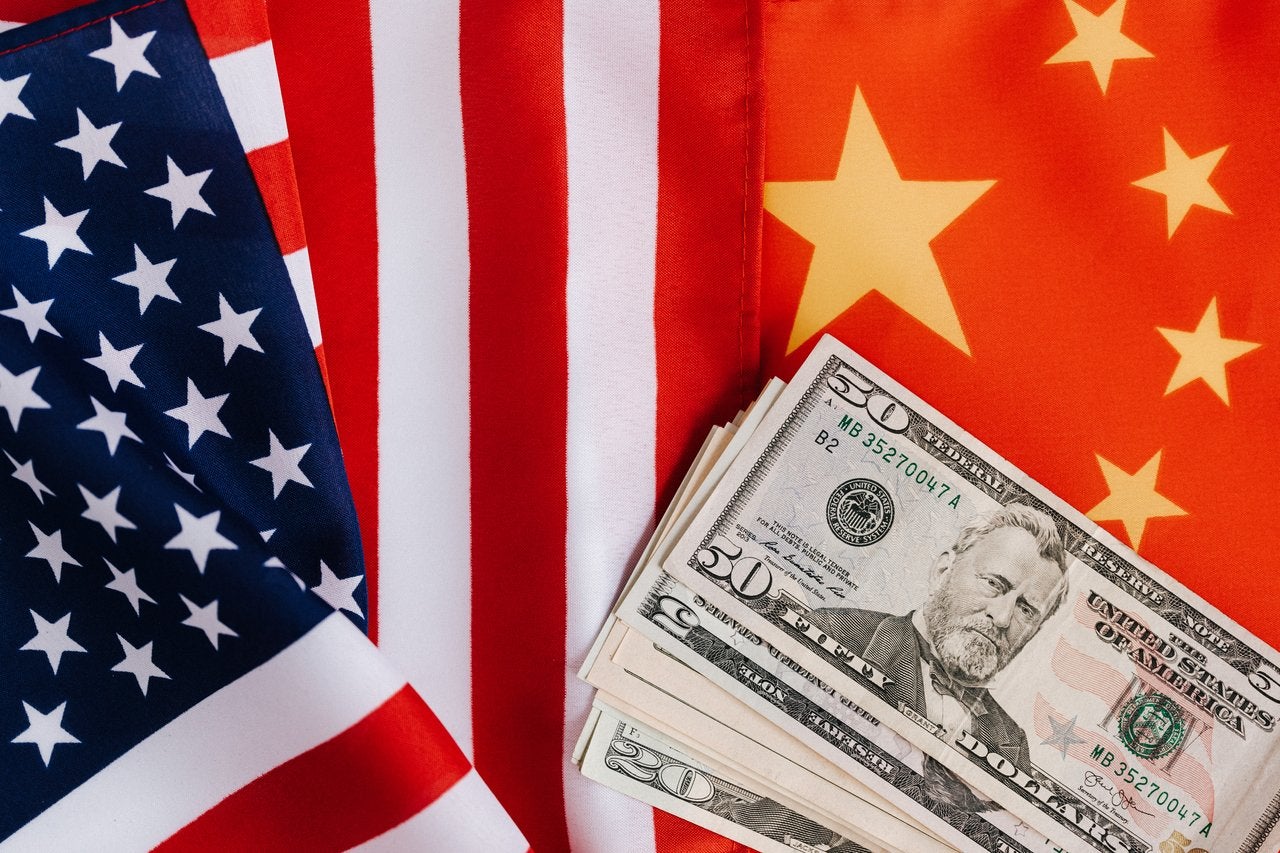
According to a bulletin from the Bank of Finland, global gross domestic product (GDP) growth is expected to slow down by 0.7 percentage points as a result of the US-China trade war, which began in March 2018 when the US introduced sanctions on Chinese steel imports at 25%.
The global GDP is not the only victim in the war between President Trump and the People’s Republic of China. Global investments and manufacturing purchasing indices have also suffered from the increase of tariffs, which has led to volatility in share prices worldwide.
Other countries have also been affected, with UK firms registering significant collateral damages. According to a study by UK-based financial institution Stenn, British firms believe that the trade war will end up costing them £3m each on average, creating losses of £130.4bn across the country.
As the US elections are fast approaching, many people wonder what will happen to the trade war, in particular with regards to shipping freight, in case of a second Trump presidency.
US-China trade war: the story so far
Greater freight rate volatility was one of the most immediate results of the trade war. According to Drewry senior manager for container research Simon Heaney, transpacific prices surged throughout 2018 as cargo owners tried to move shipments before deadlines, while countries such as Vietnam saw significant price increases in the US market.
“Transpacific rate volatility settled down in 2019, but after Covid-19 arrived, transpacific rates went into the stratosphere from June 2020 due to a combination of factors, including higher-than-expected US demand and shortages of available ships and equipment,” he commented.
Within shipping freight, tanker shipping was one of the sub-sectors that saw the biggest change because of the increase in tariff prices. As explained by BIMCO shipping analyst Emily Hannah Stausbøll, the US’s reaction to the political situation in the Middle East provoked a spike in earnings in October 2019.
“Also, the pulling out of the Iran nuclear deal and higher tensions with Iran have caused ripple effects in the tanker market,” Stausbøll said.
The trade war, and in particular the tariffs on soya beans, has affected dry bulk freight rates. “Strong soya bean exports from Brazil around Q2 were being replaced by strong exports from the US in Q4 that did not materialise in 2018 and failed to give freight rates what would usually be a seasonal boost,” Stausbøll added.
She believes that uncertainty has been the biggest result of Trump’s economic policy toward China. “While [uncertainty] can increase freight rates, there is a flip side to that coin as demand being brought forward means there is less demand in the following months, pushing freight rates lower than they would have been without the spike.”
“All of this makes it harder for owners to decide where to position their ships, how long to fix contracts for, when to install scrubbers, etc. Timing has clearly become very important, but when usual seasonality can’t be relied upon and a few tweets can send freight rates sky-rocketing, getting this right becomes harder.”
Covid-19 and a second Trump presidency
Whilst Heaney believes that the impact of the Covid-19 pandemic on the shipping industry has superseded the trade war, Stausbøll argues that the phase one trade deal – signed in January between the two countries – has led to an increase in trade.
A partial trade deal, the agreement called for China to stop intellectual property theft and enforced technology transfers, as well as increase Chinese purchases in the American market.
“However, the actual commitments remain far from being met and freight rates not showing obvious signs of being boosted, though one could argue, both tanker and dry bulk rates would be lower if not for these additional exports of phase one goods,” Stausbøll explained.
As for the impact of another potential Trump presidency on shipping freight, experts say they cannot make predictions. “Even if we assume the virus has been contained and that the issues surrounding capacity/equipment have been resolved, we don’t know how aggressive he would be with trade policies,” commented Heaney.
“It might turn out that the trade war was just sabre-rattling for electoral purposes and that after securing a final, second term he tones down the rhetoric.
“Both the trade war and pandemic have raised shippers’ awareness of the need to have more resilience in their supply chains, which will probably lead to more diverse sourcing strategies, and I suspect that will happen regardless of who wins the election.”



